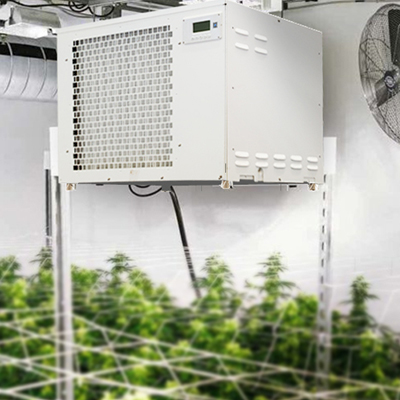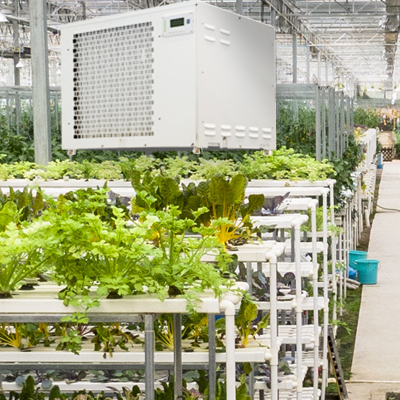1. Increase Ventilation:
- Ensure proper air circulation by increasing ventilation. Use exhaust fans to remove moist air from the grow tent and bring in drier air from the surrounding environment. Adjusting the intake and exhaust fans can help control humidity levels.
2. Use a Dehumidifier:
- Employ a greenhouse dehumidifier to remove excess moisture from the air actively. Select a dehumidifier with a capacity suitable for the size of your grow tent. Place it strategically to maximize its effectiveness.
3. Adjust Environmental Conditions:
- If possible, adjust the temperature in the grow tent. Warmer air can hold more moisture, so increasing the temperature can help lower relative humidity.
4. Empty Drip Trays:
- If using water trays under plants to raise humidity, consider reducing or eliminating them. Empty drip trays regularly to prevent excess moisture from accumulating.
5. Avoid Overwatering:
- Overwatering plants can contribute to higher humidity levels in the grow tent. Allow the top layer of the soil to dry out before watering again. Ensure proper drainage in your pots to prevent water from accumulating.
6. Use a Hygrometer:
- Monitor humidity levels using a hygrometer. This device will help you accurately assess the humidity in the grow tent and make informed adjustments to your setup.
7. Space Plants Appropriately:
- Avoid overcrowding plants, as this can impede air circulation and contribute to higher humidity. Provide adequate spacing between plants to allow for better ventilation.
8. Remove Excess Foliage:
- Trim or prune excess foliage that might be contributing to high humidity levels. Dense canopies can trap moisture and impede air circulation.
9. Seal Leaks and Gaps:
- Check for any gaps, leaks, or openings in the grow tent. Seal these areas to prevent the entry of humid air from outside.
10. Use Desiccants:
- Place desiccant products, like silica gel, in the grow tent. These can absorb excess moisture from the air and help lower humidity levels.
11. Timer for Lights and Ventilation:
- Set up timers for grow lights and ventilation systems to create a consistent and controlled environment. Timers can help regulate the photoperiod and control the duration of ventilation, preventing overexposure to high humidity.
Recommended Greenhouse Dehumidifiers
Remember to strike a balance, as excessively low humidity can also negatively impact plant health. Regularly monitor environmental conditions and make adjustments as needed to maintain optimal humidity levels throughout the different stages of plant growth.
Post time: Dec-06-2023
 +86-13376814803
+86-13376814803  robert@hzhongtai.com
robert@hzhongtai.com 















